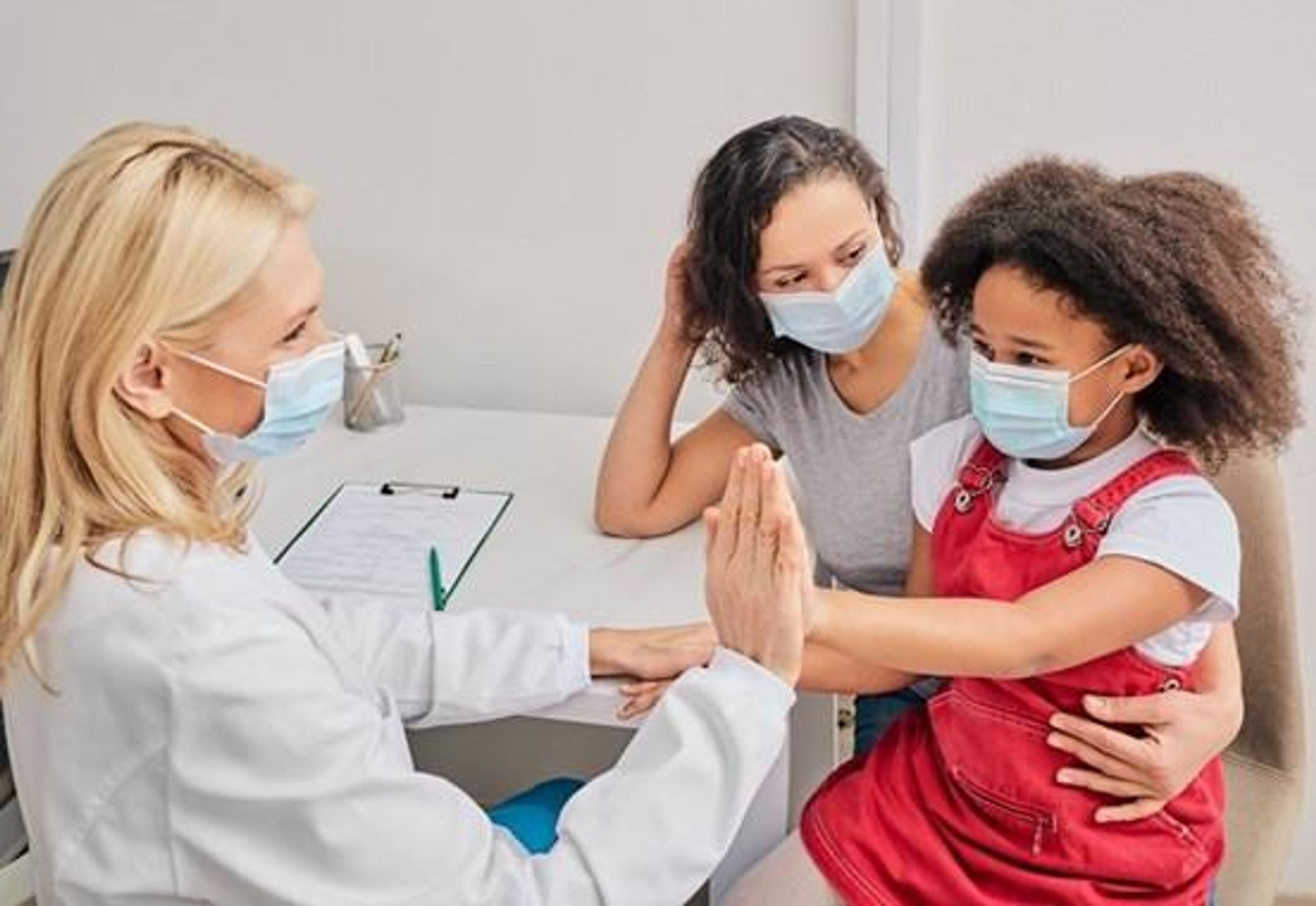Staying Ahead of Health Threats Through Vaccination

By Dr. Michael Greenberg, Medical Head, Sanofi North America
Recent surges driven by variants of the virus remind us that the COVID-19 pandemic is still a threat to our well-being. So are other vaccine-preventable diseases, especially as Centers for Disease Control and Prevention (CDC) data as of September 2020 show that childhood and adolescent vaccination rates lag behind pre-pandemic levels. For pediatricians like myself, this is a significant concern.
August is National Immunization Awareness Month, and over the course of my entire medical career, there has never been a more relevant time to discuss the importance of vaccinations. As many of us may consider resuming travel, working at the office or going to school, if we fail to catch-up on routine vaccinations that have been delayed or missed as a result of the ongoing pandemic, we could face outbreaks of vaccine-preventable diseases we once had effectively controlled in the US. Even pre-pandemic, because of missed vaccinations, cases of measles, for example, had already spiked to their highest level in the US since we eliminated the disease in 2000. And even though the CDC recommends that teens receive a second dose of the MenACWY vaccine at age 16 to help protect against meningococcal meningitis, only about half of them have actually received the second vaccination. This leaves too many people at risk of a disease that can have a mortality rate of 10 to 15%.
With the level of restrictions ever-changing, routine immunizations and catch-up immunizations are even more urgent today to help stay ahead of vaccine-preventable diseases like measles, meningococcal meningitis and others.
Staying current on immunizations to help protect against vaccine-preventable disease is more than just a personal obligation to ourselves and our loved ones. The more people in our community who are vaccinated, the more effective vaccines can be for each person. This is the principle behind herd immunity, or ‘community immunity’ as I prefer to call it, which is key to helping contain highly infectious diseases. Measles, for instance, requires at least 95% vaccine coverage to help prevent a recurrence of the kinds of outbreaks previously seen in the US.
With new variants of COVID-19 causing cases to surge in some areas of the country, it’s understandable to be worried about exposure to the virus at a doctor’s office. But healthcare providers have protocols in place to help minimize the risk of COVID-19, including hybrid telehealth and in-person vaccination processes, drive-through vaccination sites, and in-office social distancing procedures that help keep patients safe. Healthcare providers can also answer questions about which recommended vaccinations you and your loved ones should receive.
Whether you are wary of exposure in the doctor’s office or, in the midst of uncertainty and ever-changing school and public health guidance of the last year-and-a-half, just lost track of where your children stand on scheduled immunizations, contacting your doctor is critical to help protect your child’s health. Ask how their practice reduces the risk of COVID exposure and make a plan to get your child back on track with their vaccination schedule.
For routine immunizations and catch-up, recommended vaccinations are important for adults too, especially those in vulnerable categories such as pregnant mothers and the elderly, who are at greater risk for measles, meningitis, influenza and other diseases that can be life-threatening. Doing what you can to help protect yourselves and your loved ones against these vaccine-preventable diseases will help reduce your risk of illness and assist in lessening the burden on our healthcare system.
Learn more about the routine child and adolescent immunization schedule here.
Learn more about the routine adult immunization schedule here.